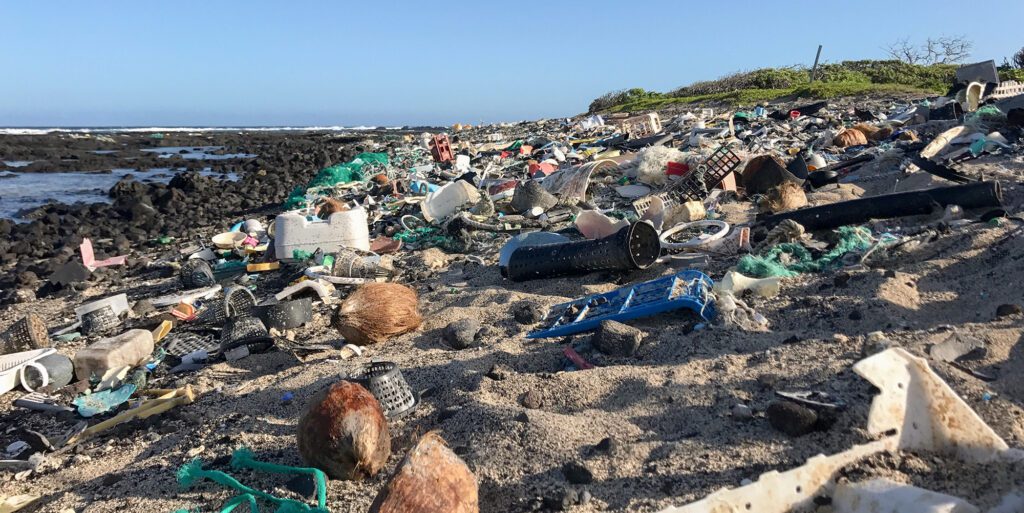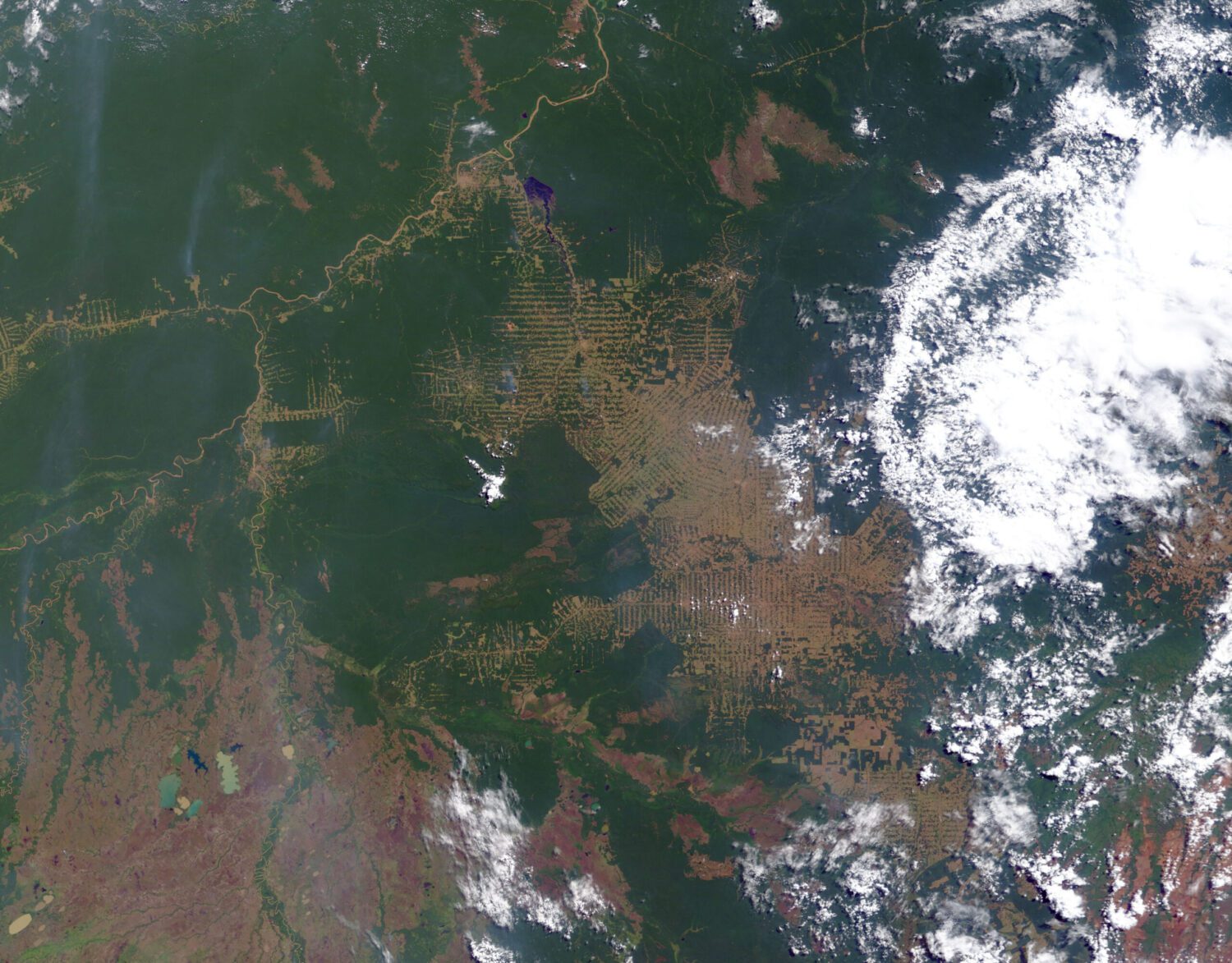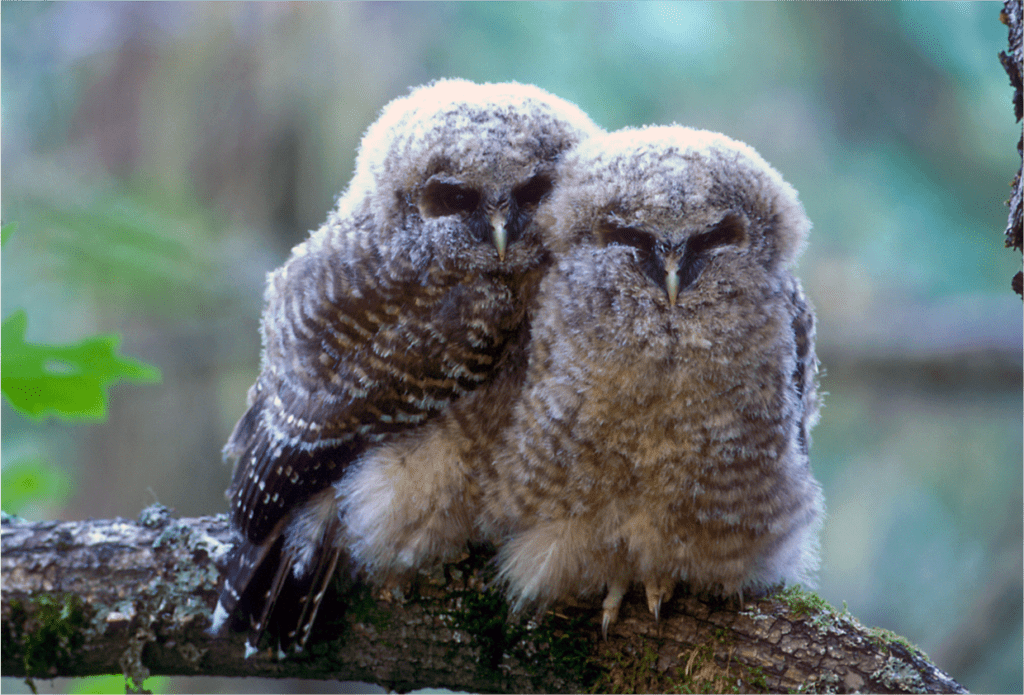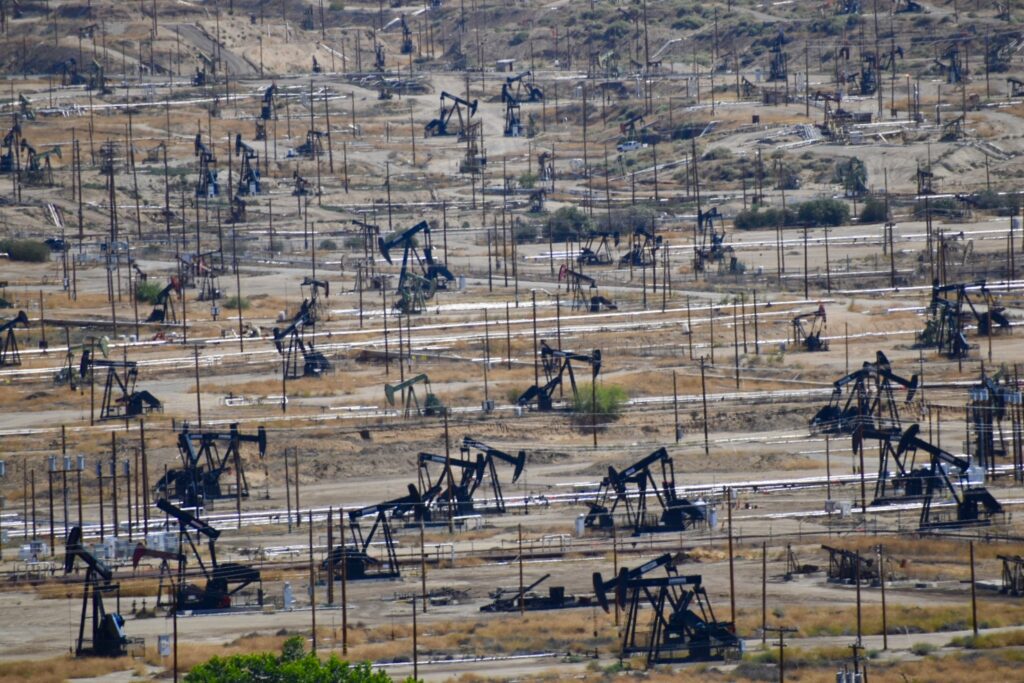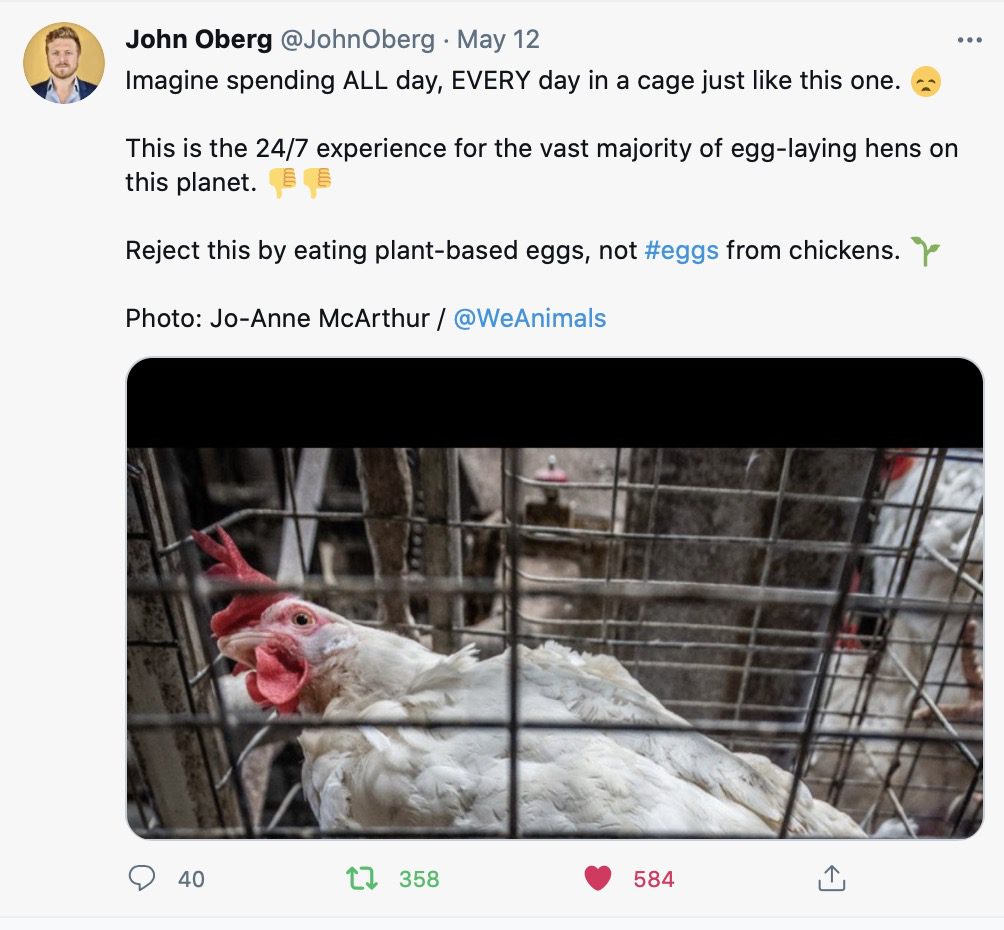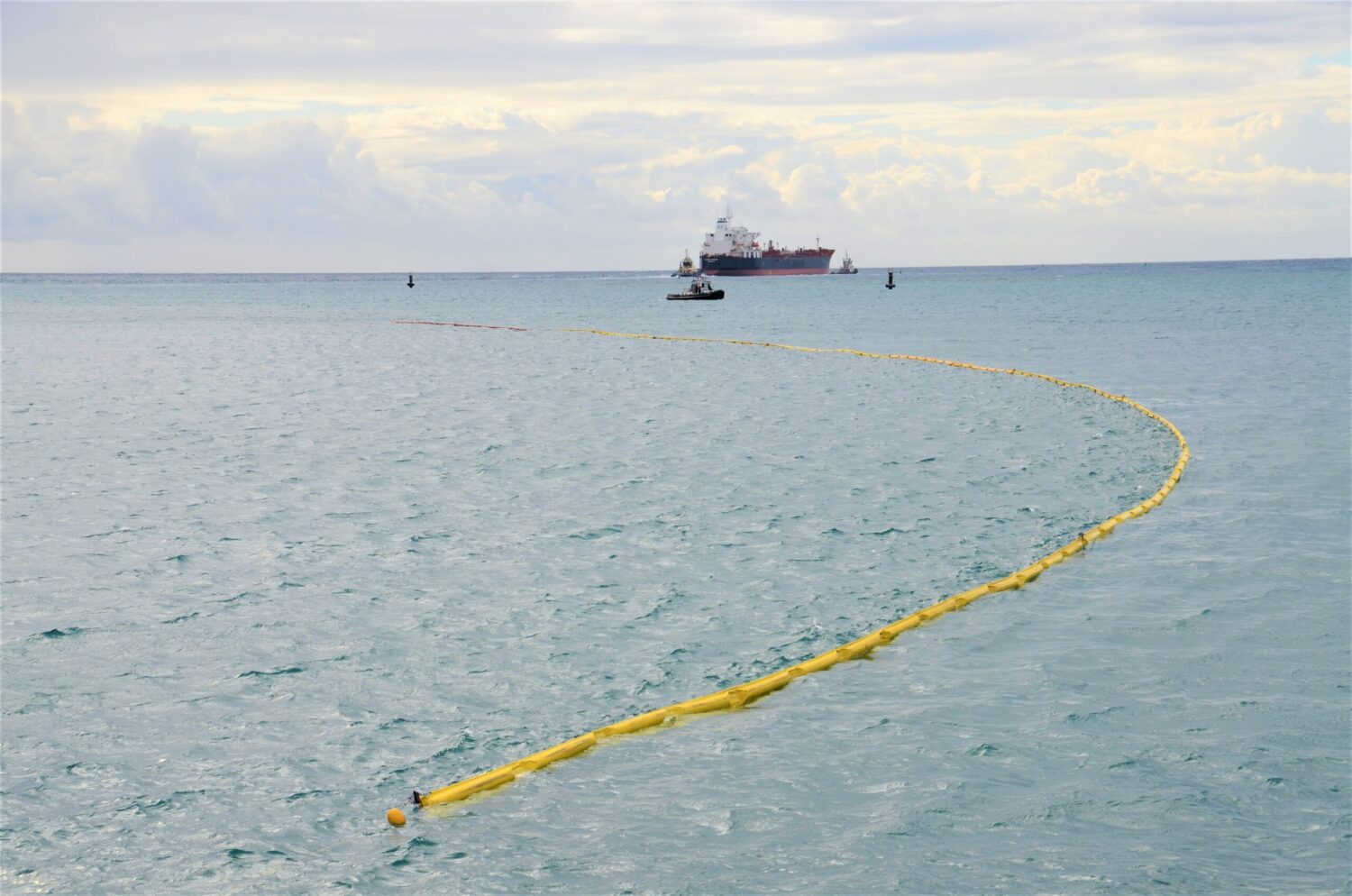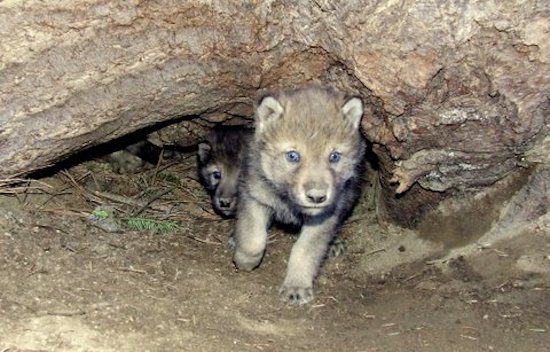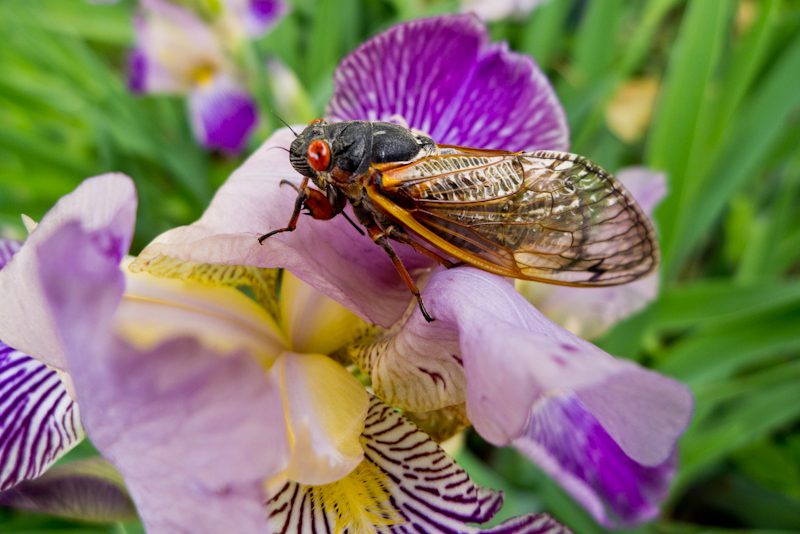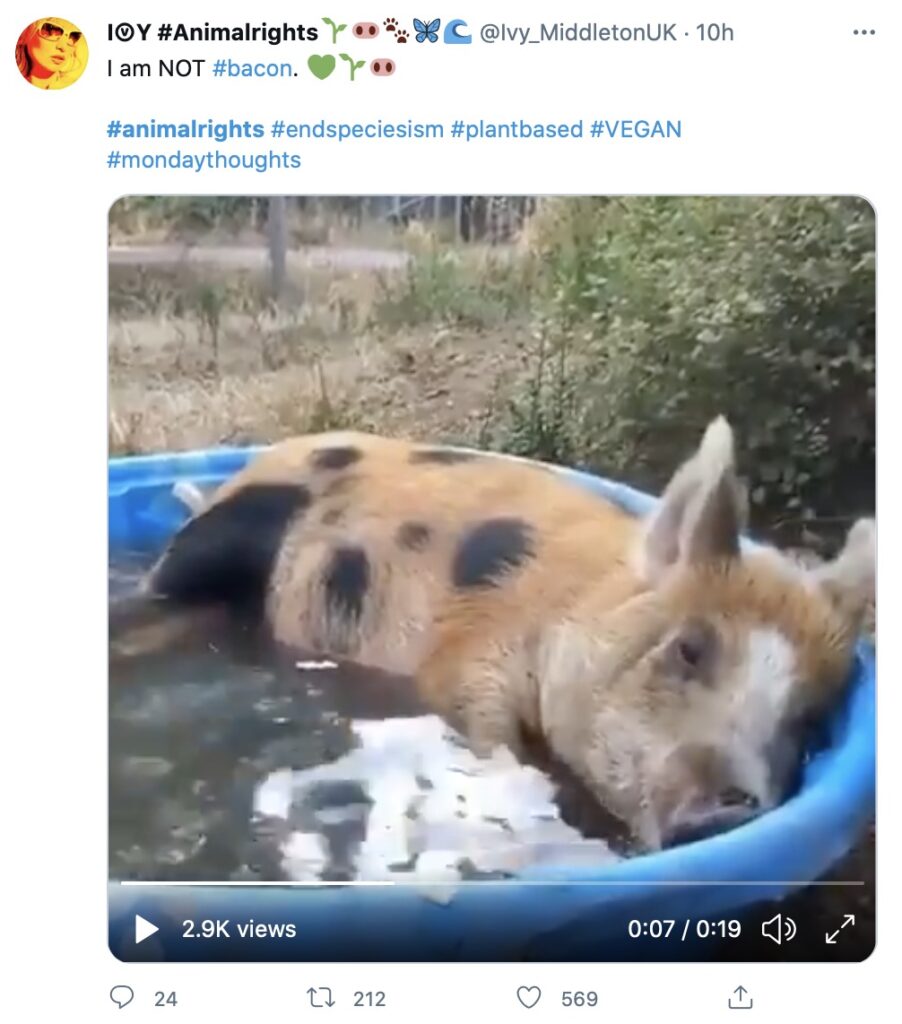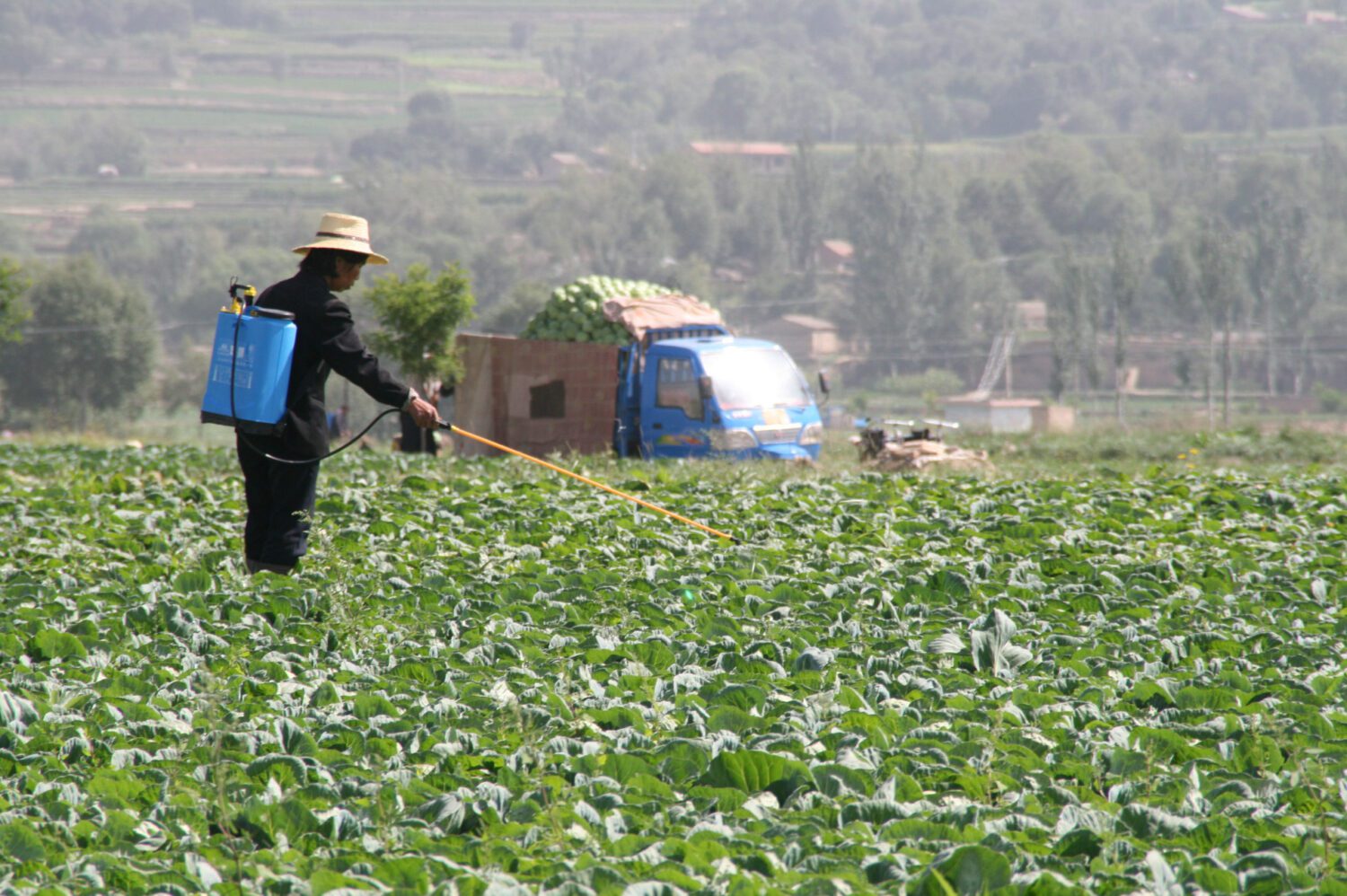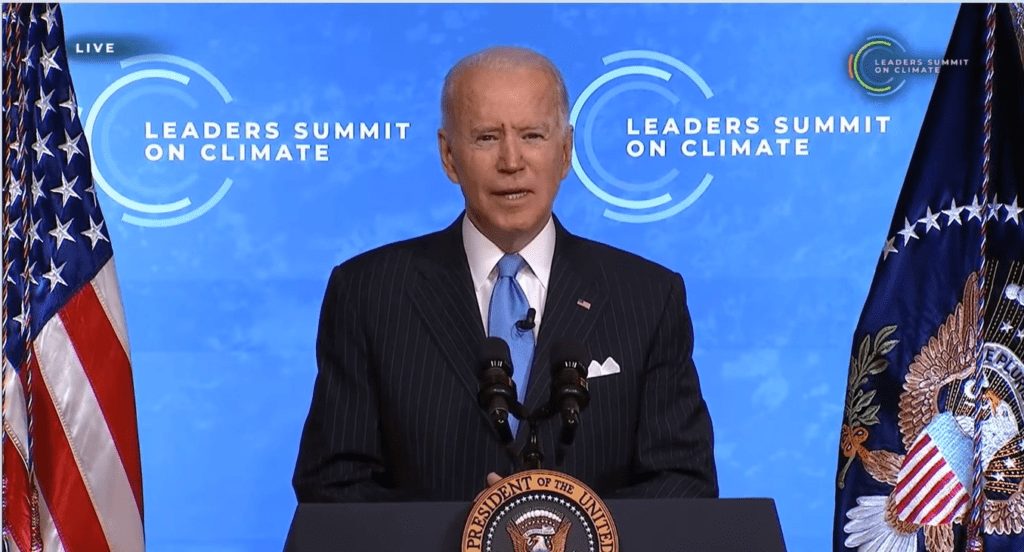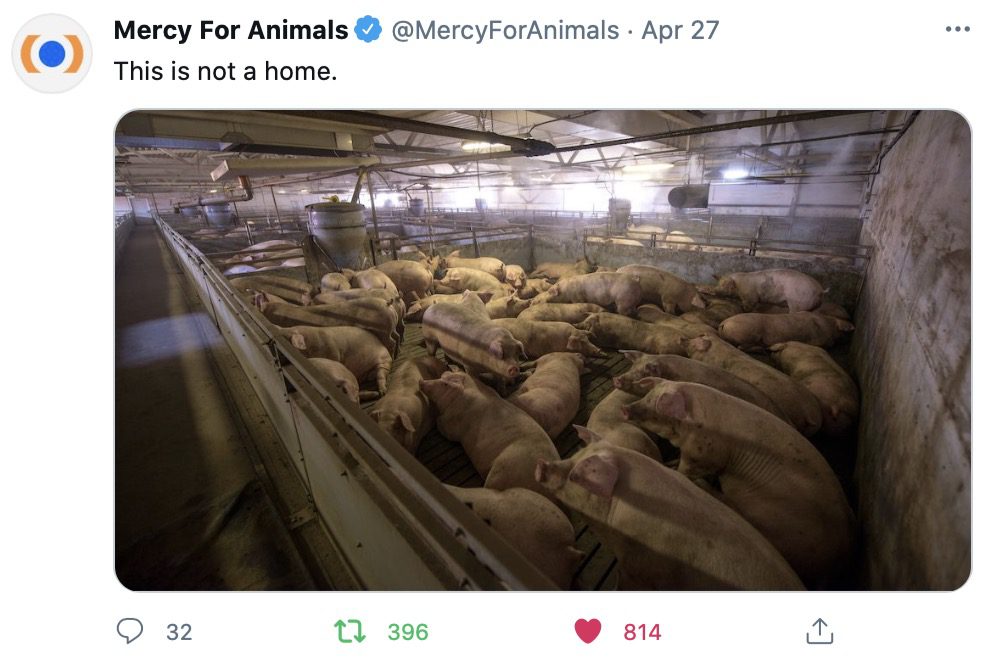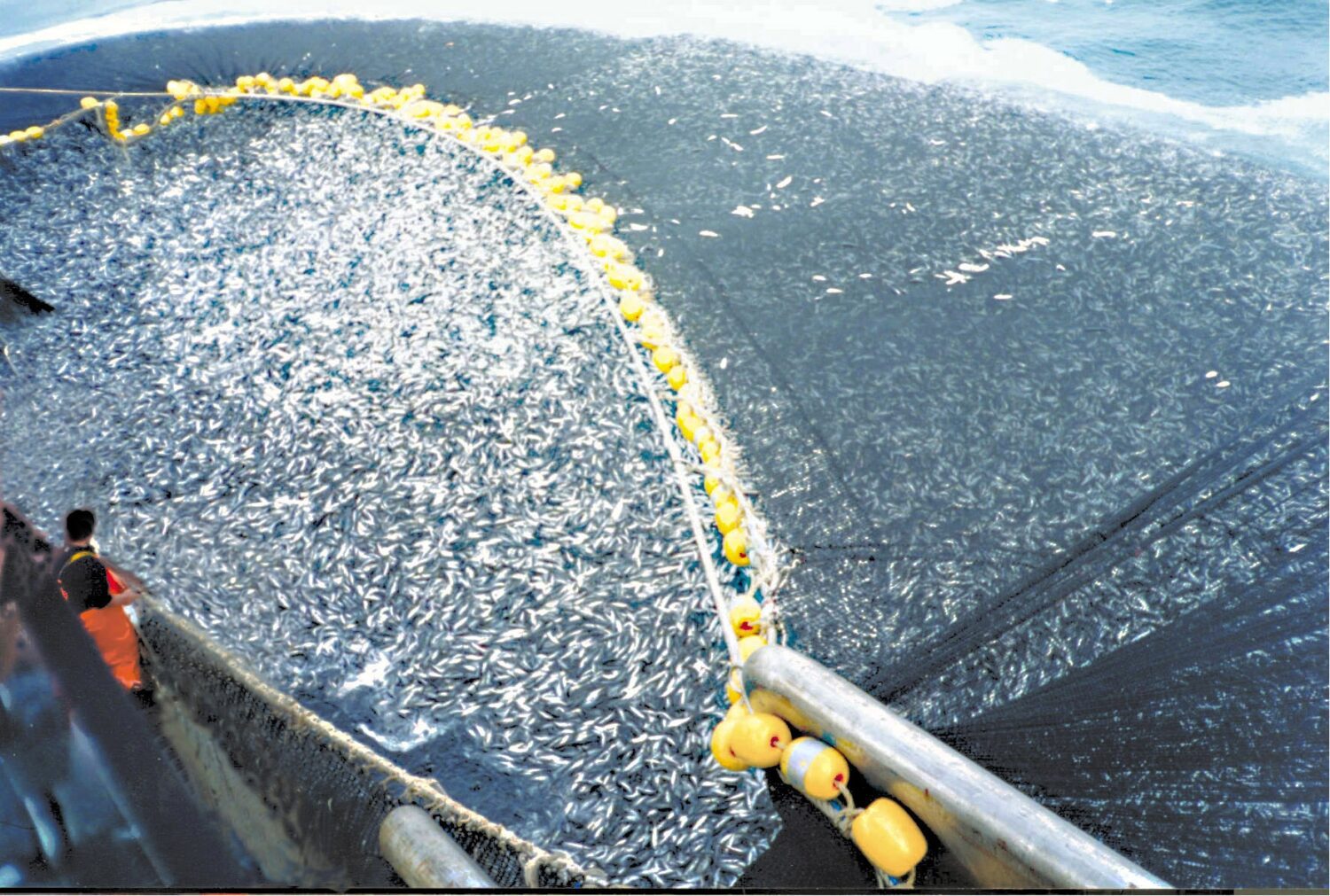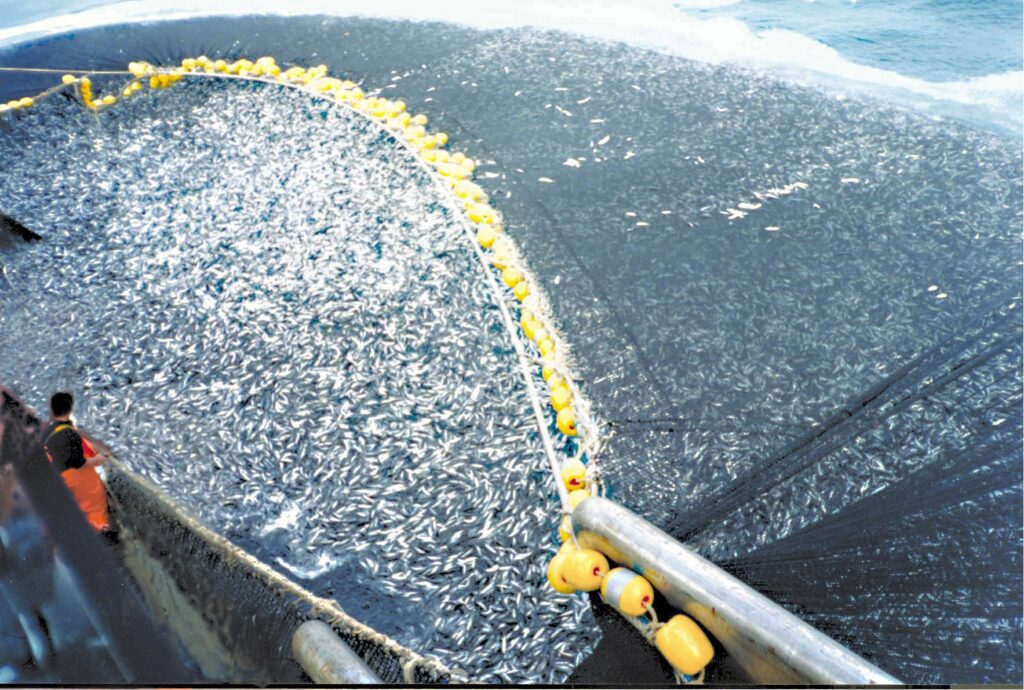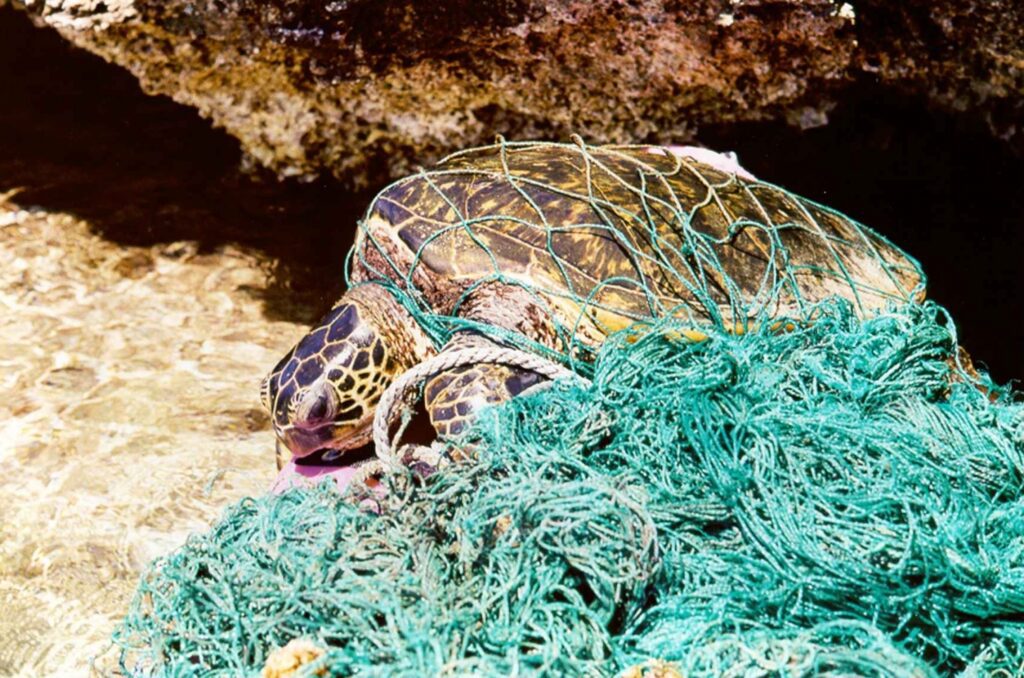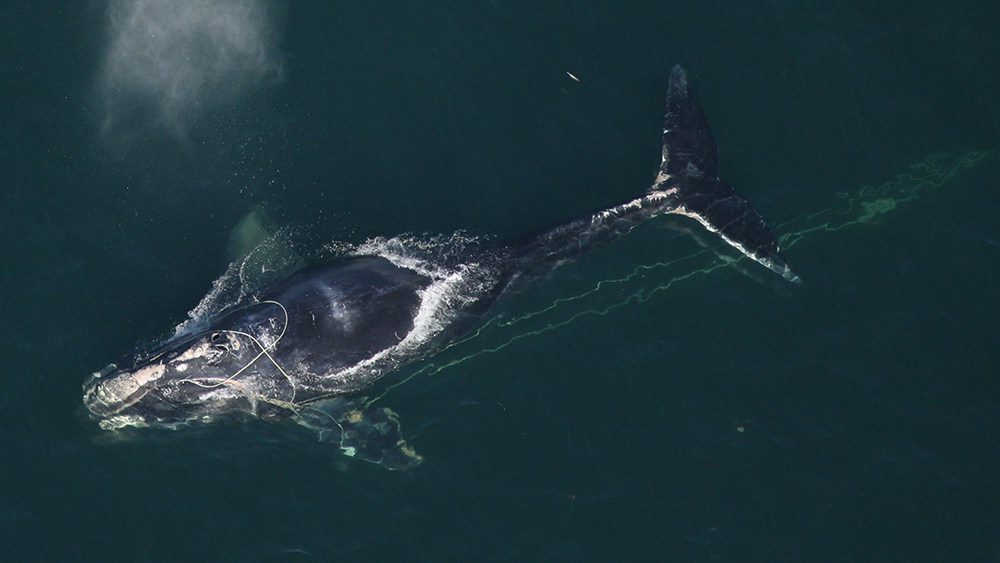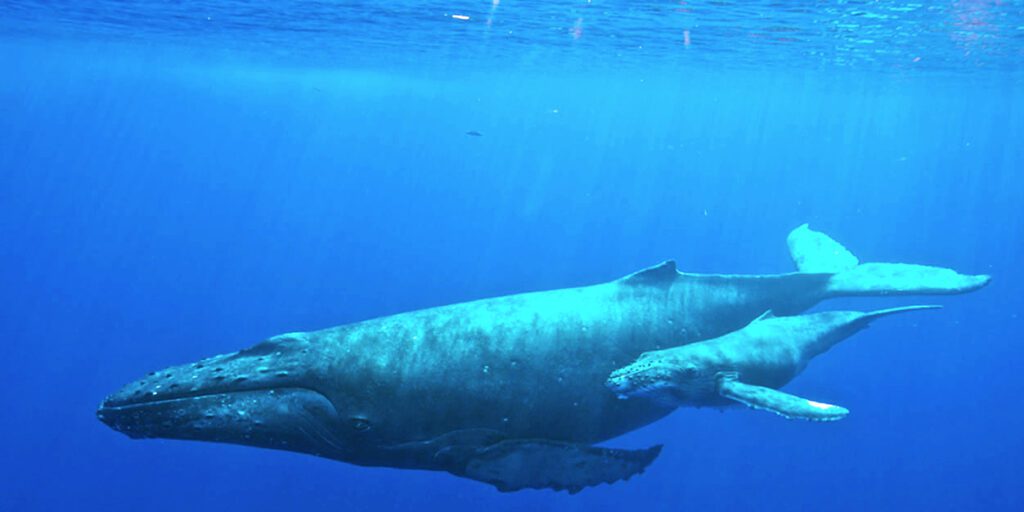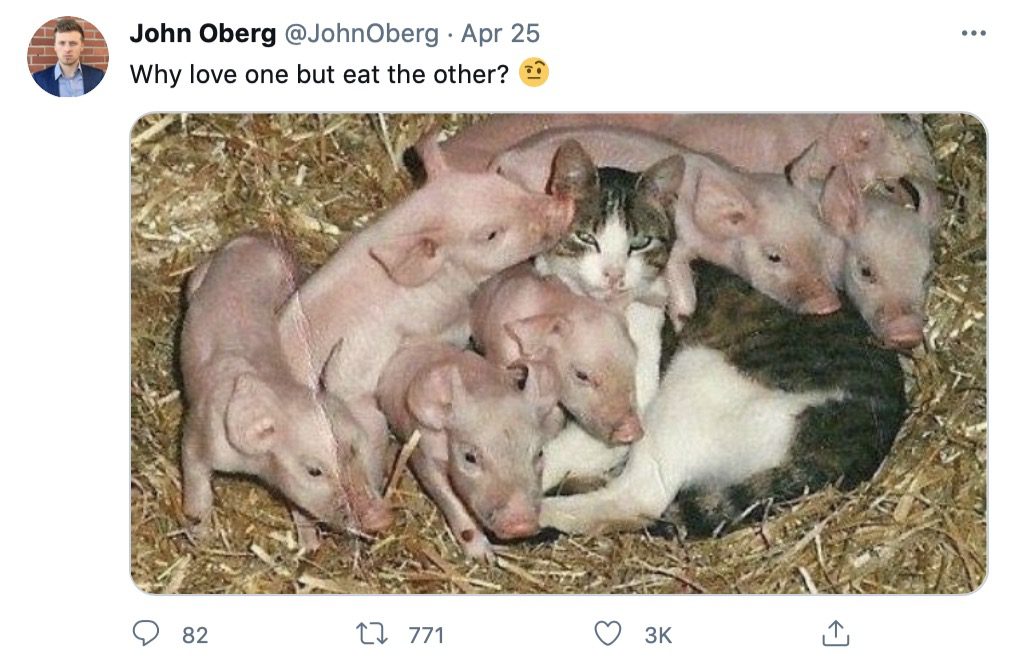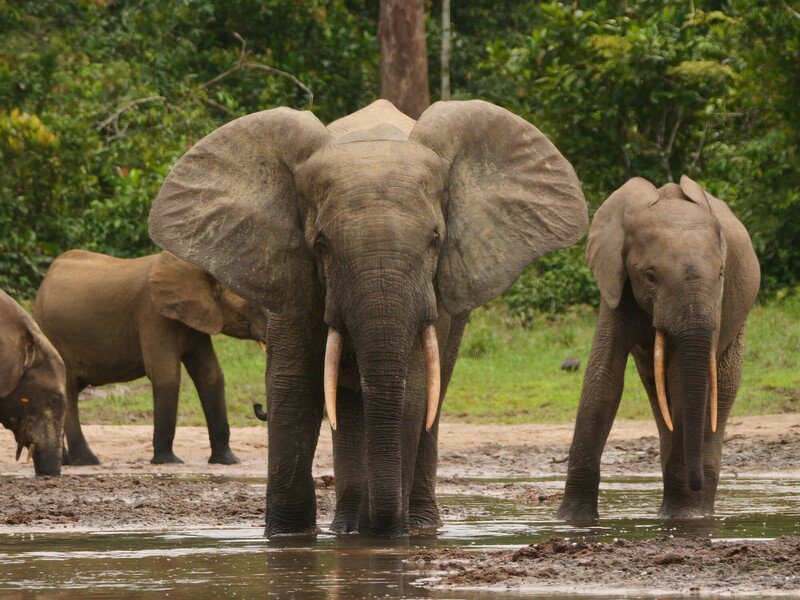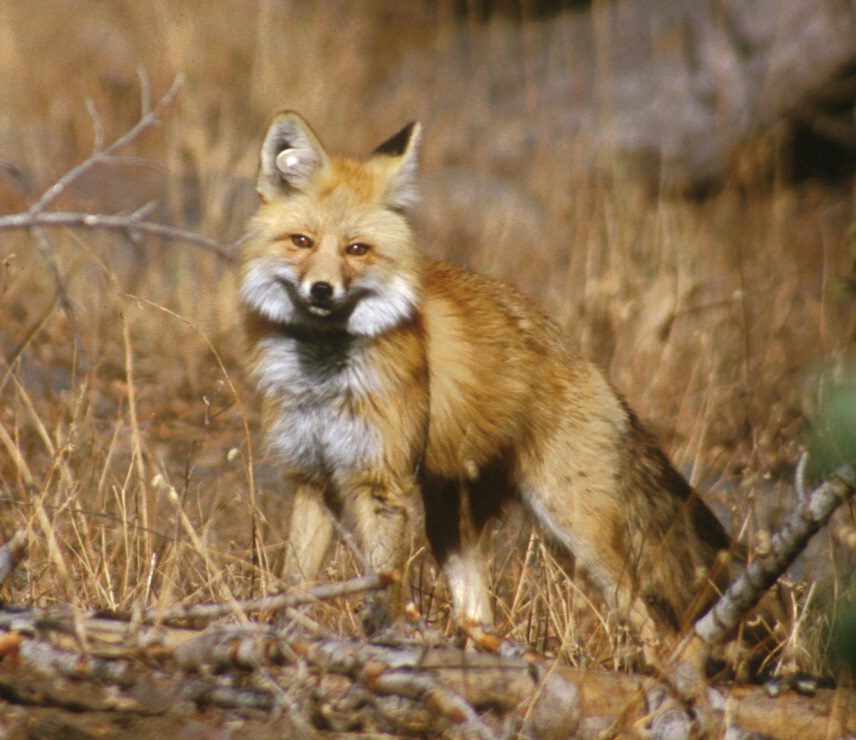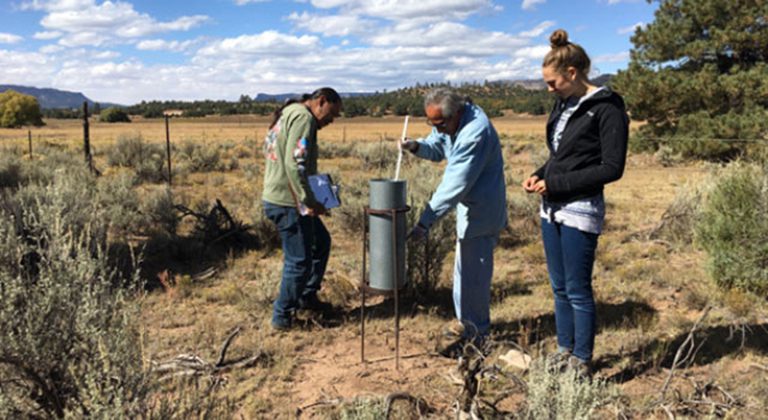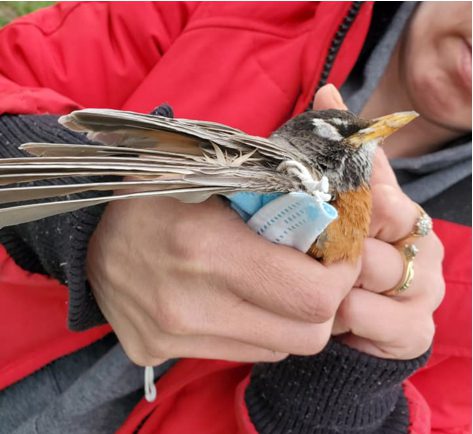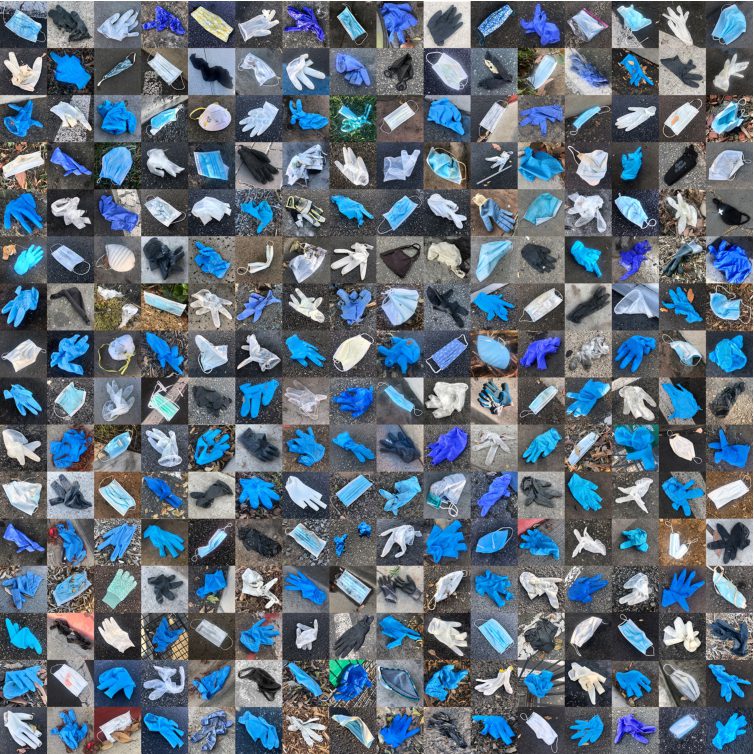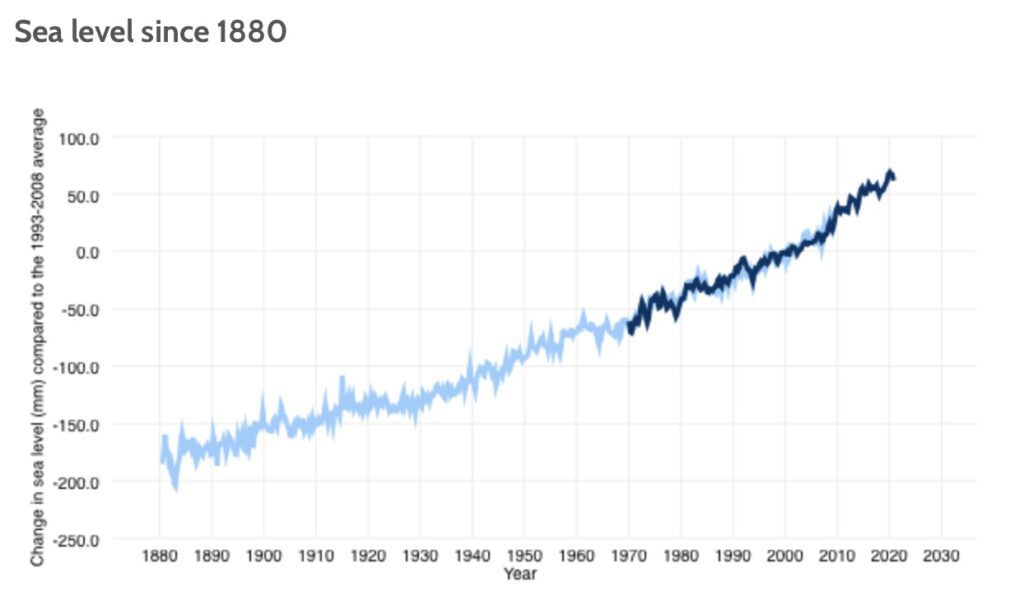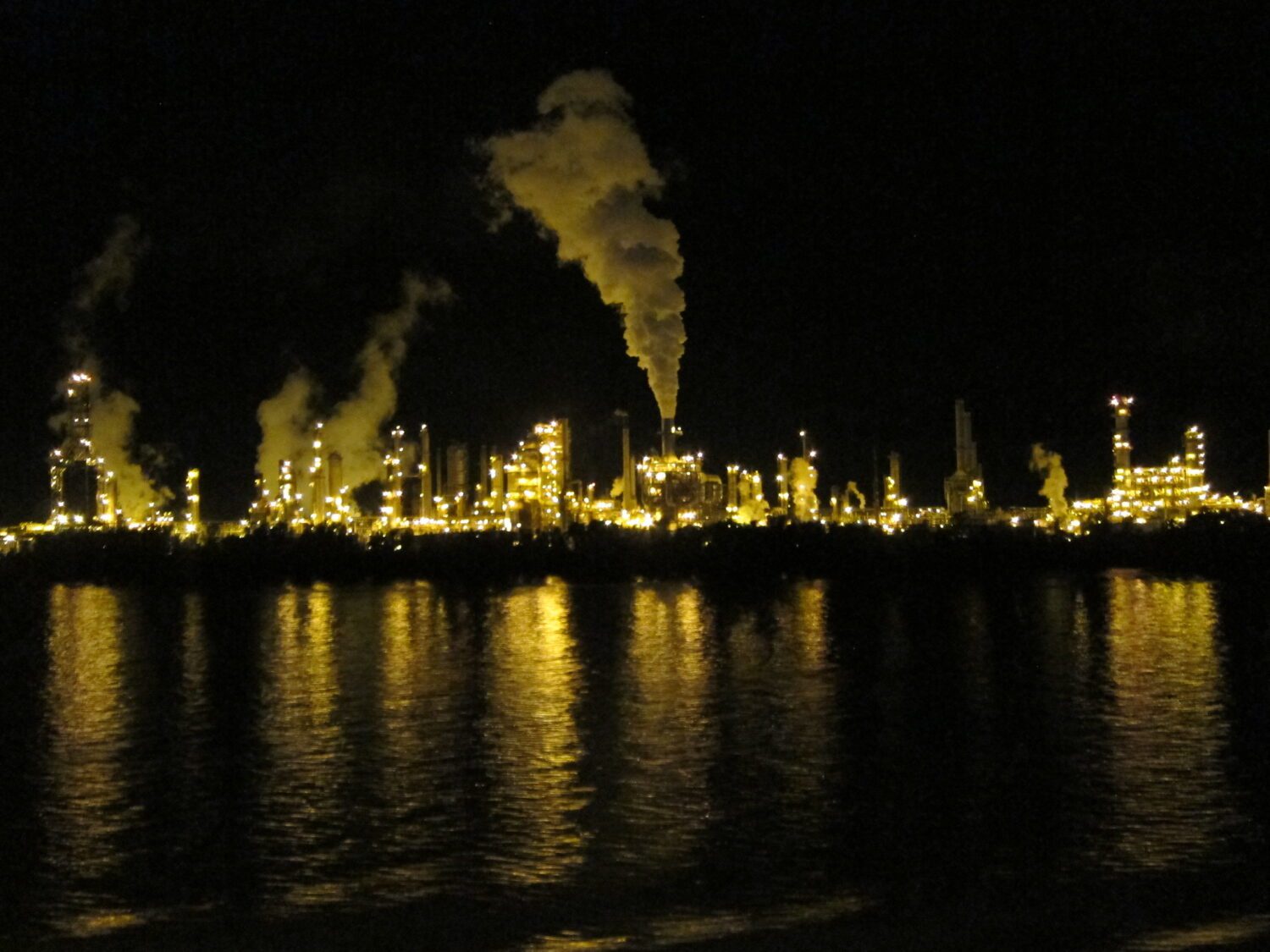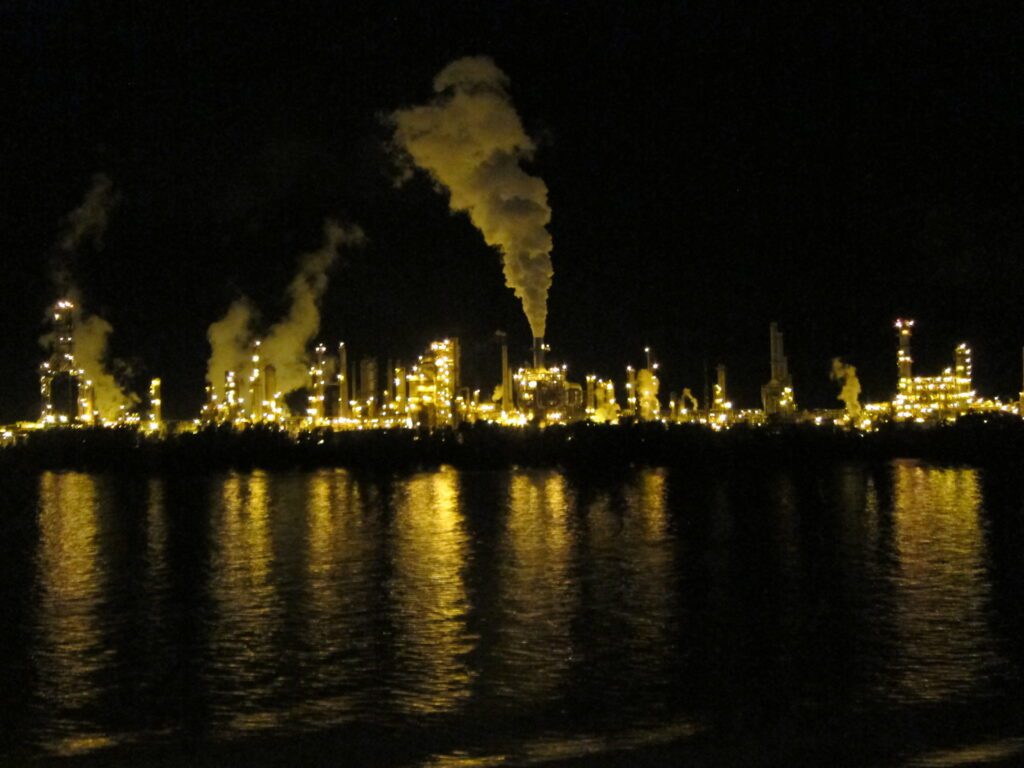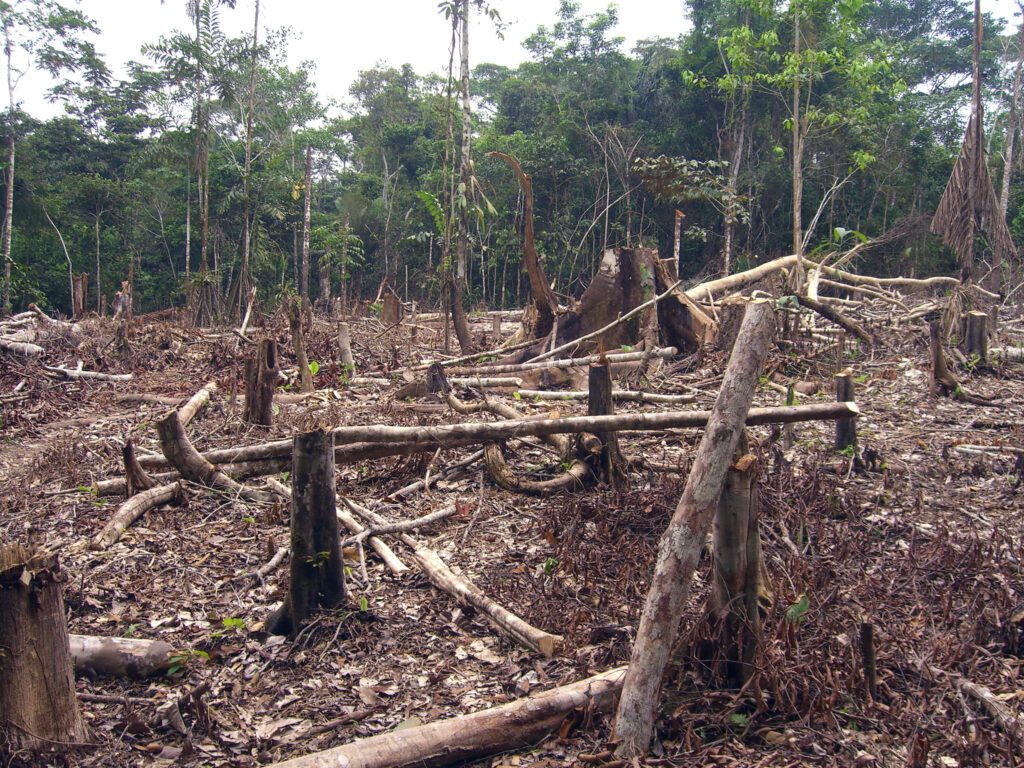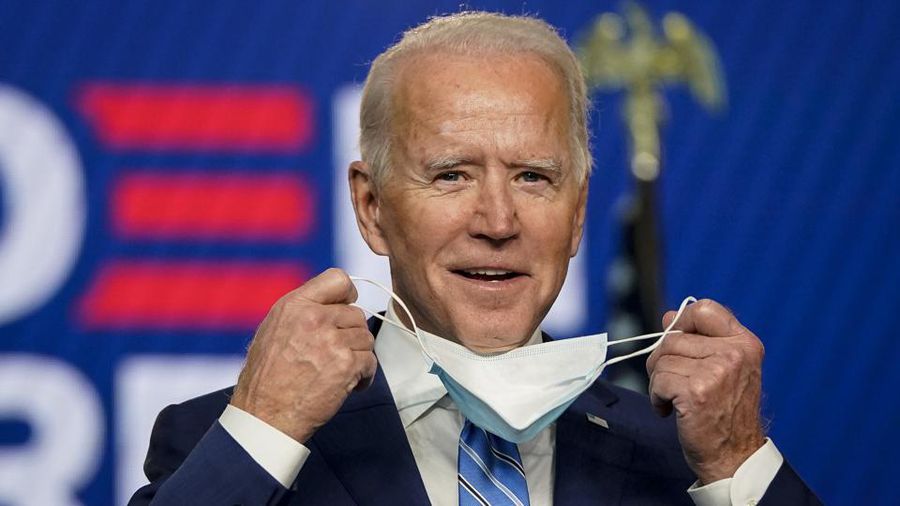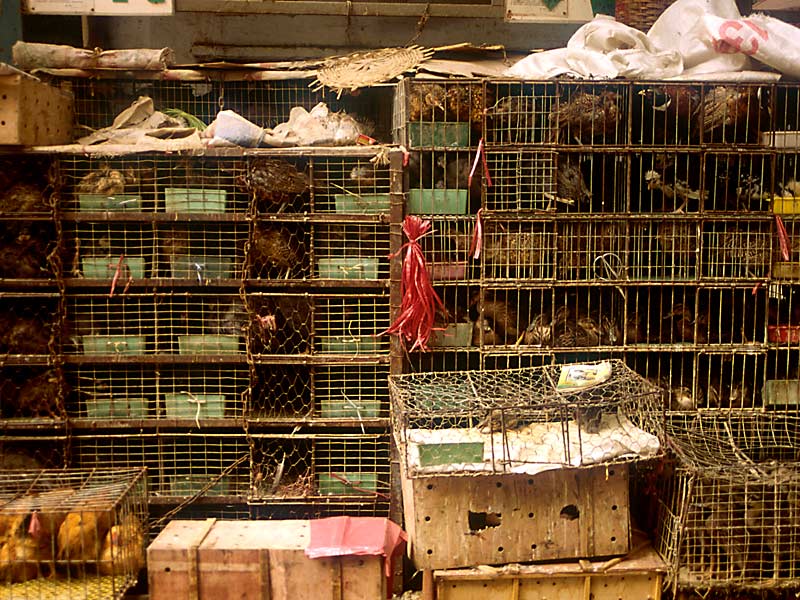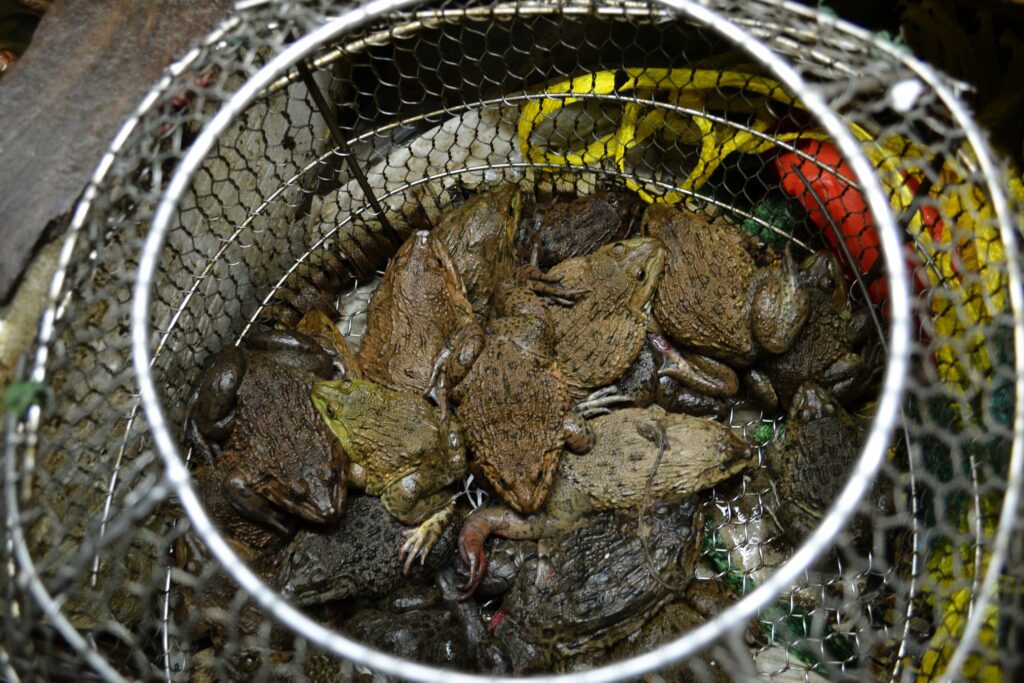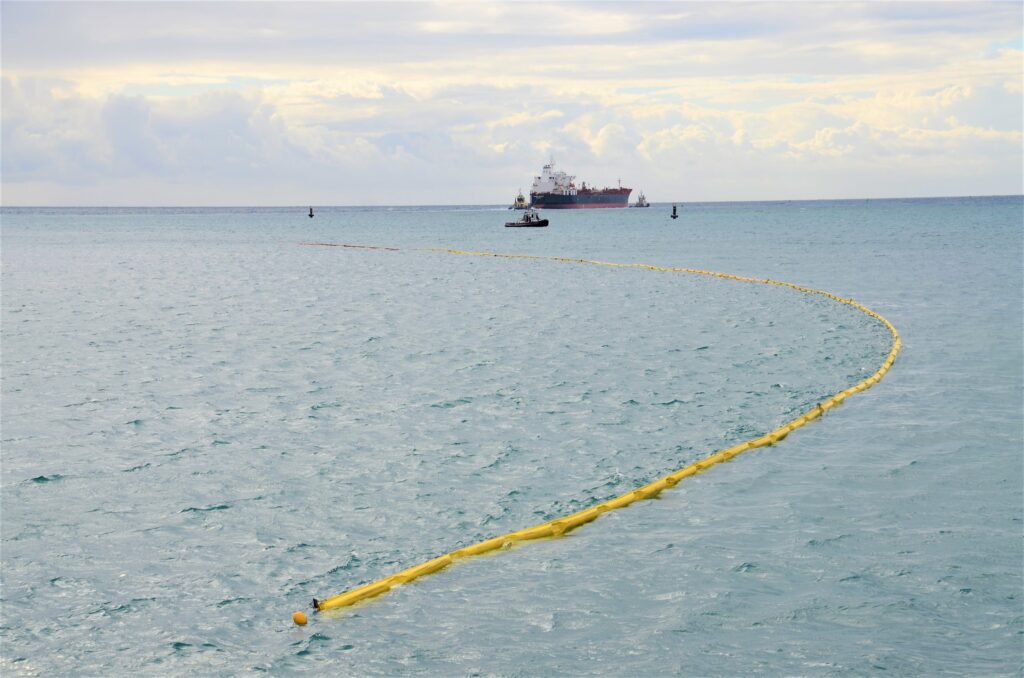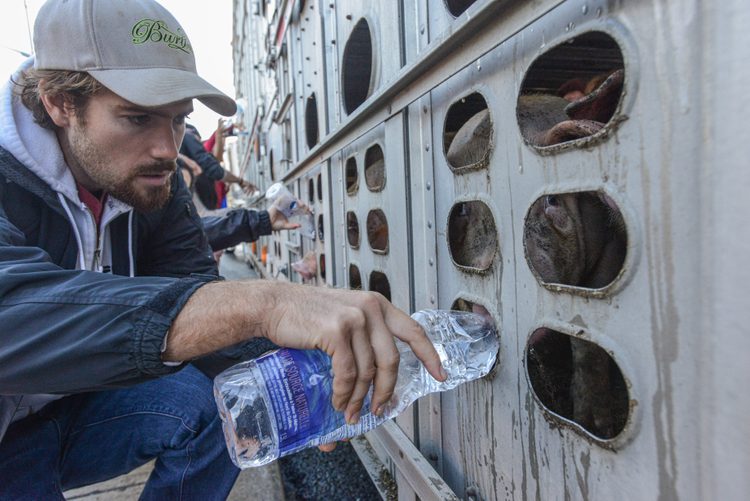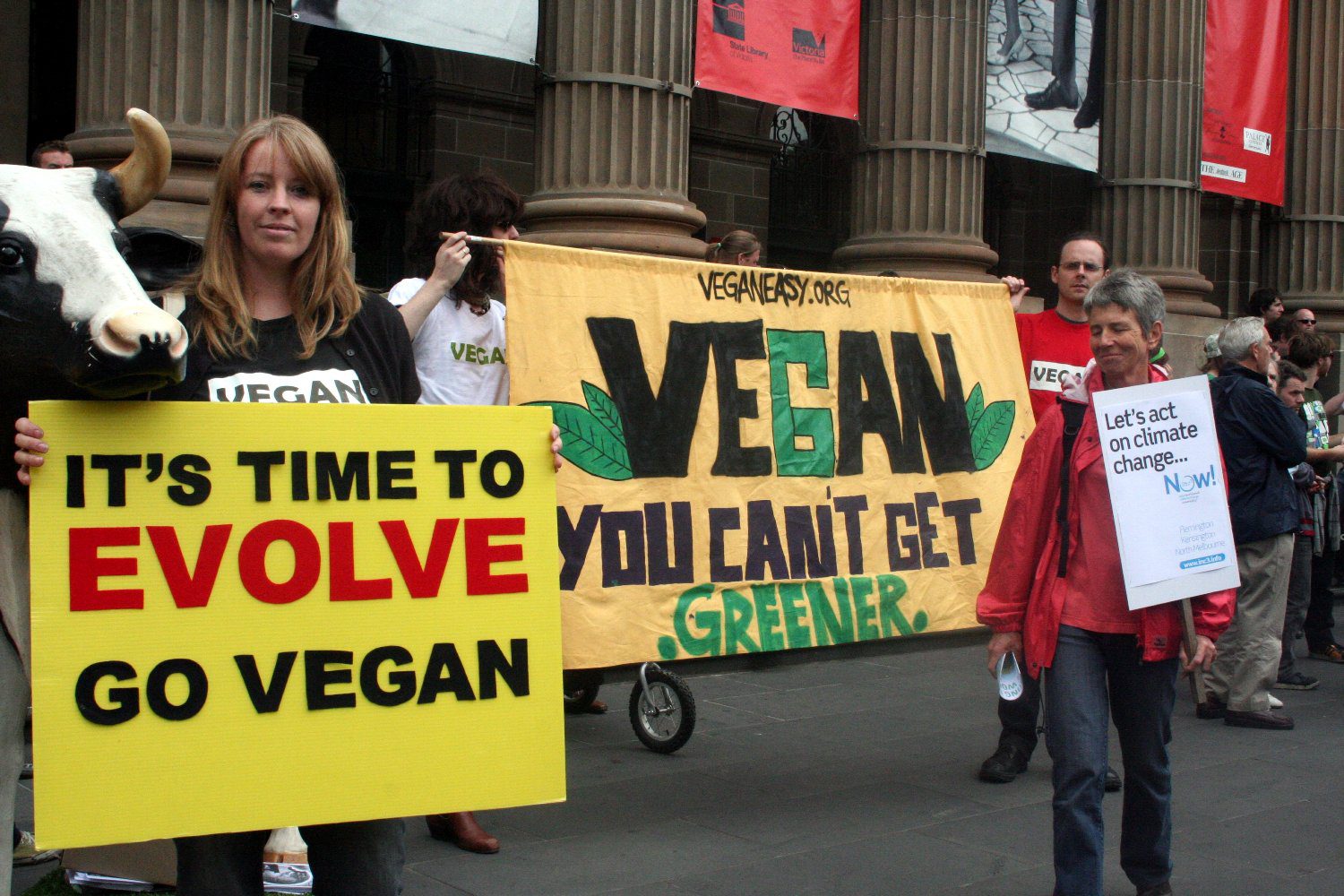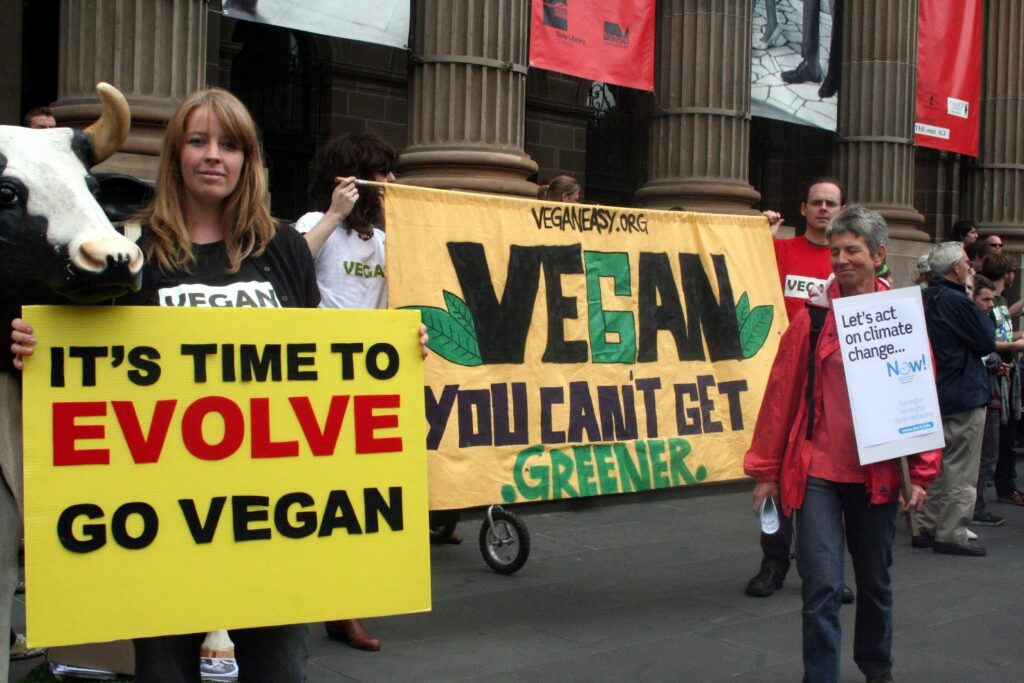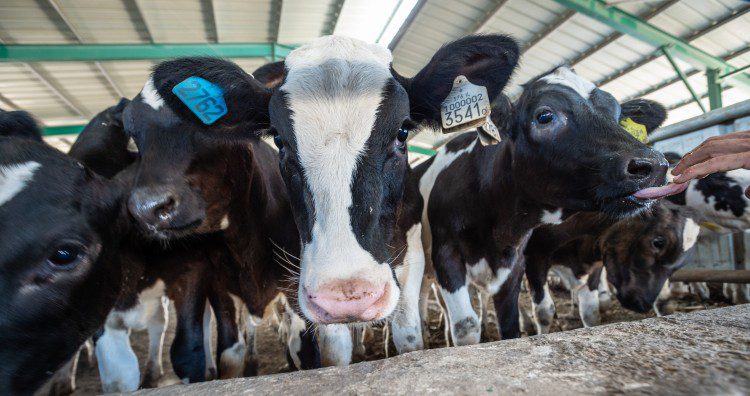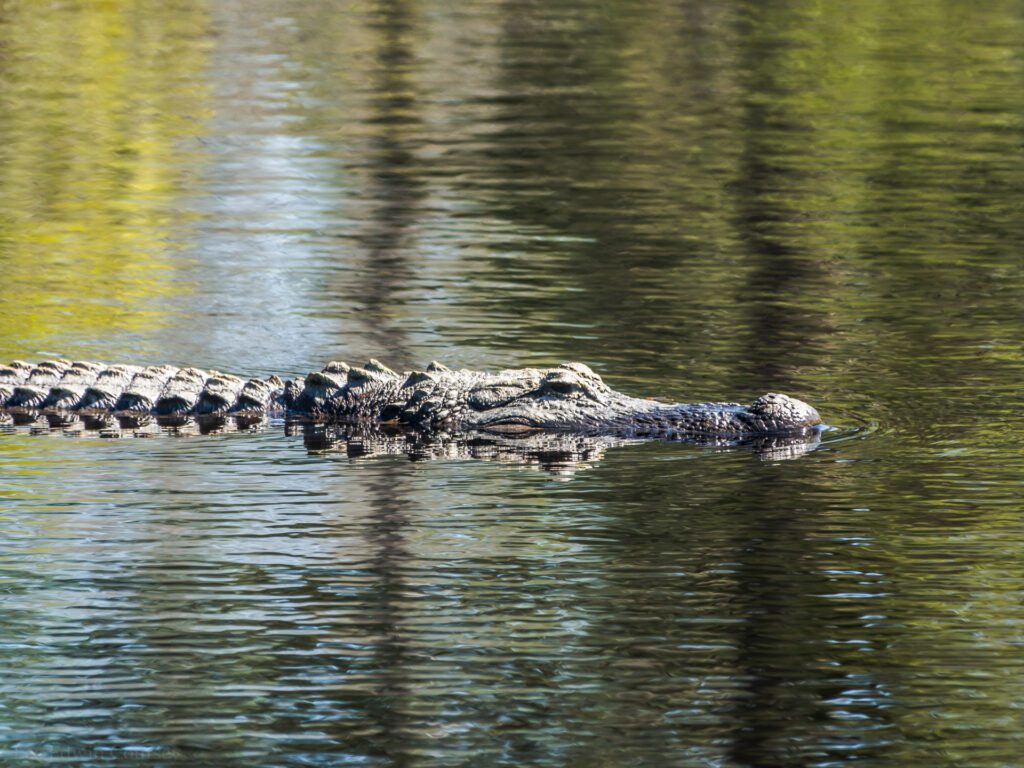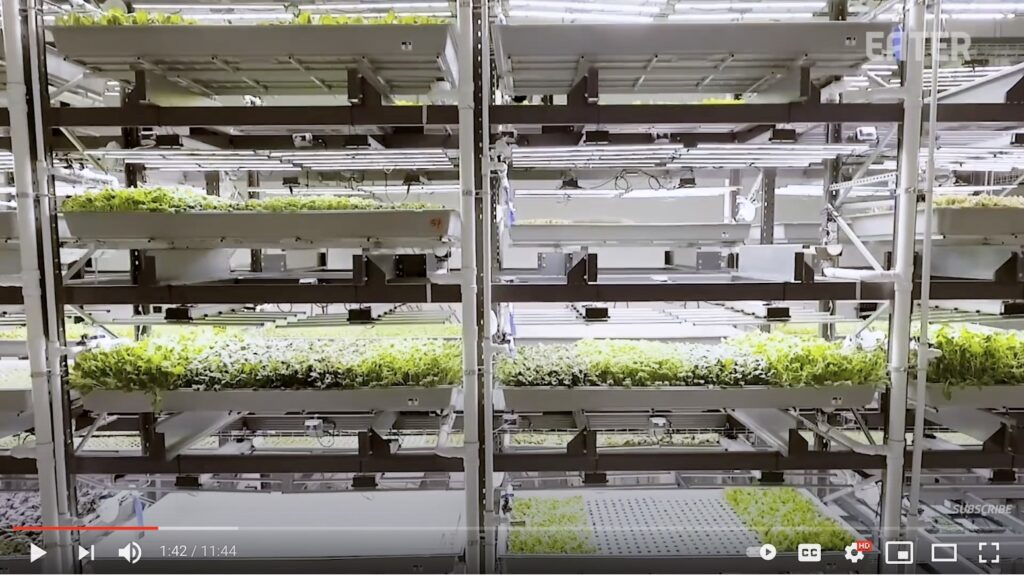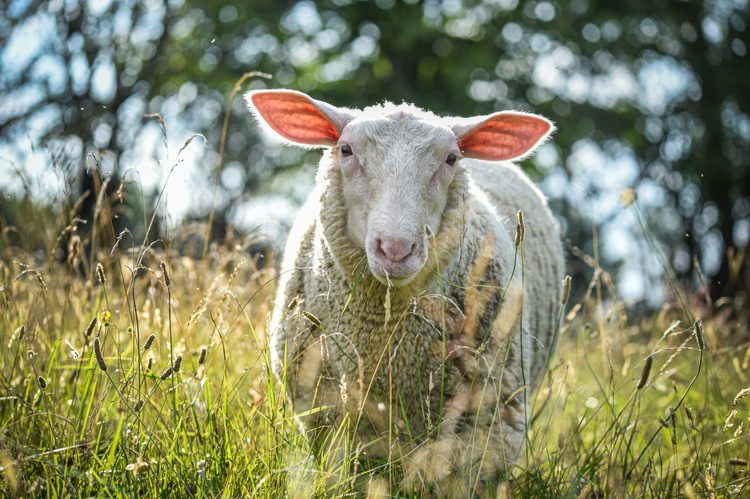


Biodiversity is plummeting, but restoring rivers could quickly reverse this disastrous trend.
By Alessandra Korap Munduruku, Darryl Knudsen and Irikefe V. Dafe, Independent Media Institute
8 min read
In October 2021, the Convention on Biological Diversity (CBD) will meet in China to adopt a new post-2020 global biodiversity framework to reverse biodiversity loss and its impacts on ecosystems, species and people. The conference is being held during a moment of great urgency: According to a report by the Intergovernmental Panel on Climate Change, we now have less than 10 years to halve our greenhouse gas emissions to stave off catastrophic climate change. At the same time, climate change is exacerbating the accelerating biodiversity crisis. Half of the planet’s species may face extinction by the end of this century.
And tragically, according to a UN report, “the world has failed to meet a single target to stem the destruction of wildlife and life-sustaining ecosystems in the last decade.”
It’s time to end that legacy of failure and seize the opportunities before us to correct the past mistakes, manage the present challenges and meet the future challenges that the environment is likely to face. But if we’re going to protect biodiversity and simultaneously tackle the climate crisis, we must protect rivers and freshwater ecosystems. And we must defend the rights of communities whose livelihoods depend on them, and who serve as their stewards and defenders. By doing so, we will improve food security for the hundreds of millions of people who rely on freshwater ecosystems for sustenance and livelihoods—and give the world’s estimated 140,000 freshwater species a fighting chance at survival.
Rivers Are Heroes of Biodiversity
At the upcoming CBD, countries are expected to reach an agreement to protect 30 percent of the world’s oceans and land by 2030. But which land is protected, as part of this agreement, matters immensely. We cannot protect just any swath of land and consider our work done. Member countries must prioritize protecting regions where biodiversity is highest, or where restoration will bring the greatest net benefits. Rivers, which support an extraordinary number of species, must be a priority zone for protection and restoration.
Rivers are unsung heroes of biodiversity: Though freshwater covers less than 1 percent of all the water on the planet’s surface, it provides habitats for an astonishing number of species. Rivers are vital for conserving and sustaining wetlands, which house or provide breeding grounds for around 40 percent of Earth’s species. That is a staggering amount of life in a very small geographic area—and those figures don’t account for all the adjacent forests and other ecosystems, as well as people’s livelihoods that rely on rivers.
Reversing the Decline of Rivers and Freshwater Ecosystems
Freshwater ecosystems have suffered from some of the most rapid declines in the last four decades. A global study conducted by the World Wildlife Fund, “Living Planet Report 2020,” states that populations of global freshwater species have declined by 84 percent, “equivalent to 4 percent per year since 1970.”
That is, by any measure, a catastrophe. Yet mainstream development models, water management policies and conservation and protected area policies continue to ignore the integrity of freshwater ecosystems and the livelihoods of communities that depend on them.
As a result of these misguided policies, fisheries that sustain millions of people are collapsing. Freshwater is increasingly becoming degraded, and riverbank farming is suffering as a result of this. Additionally, we’re seeing Indigenous peoples, who have long been careful and successful stewards of their lands and waters, face increasing threats to their autonomy and well-being. The loss of biodiversity, and the attendant degradation of precious freshwater, directly impacts food and water security and livelihoods.
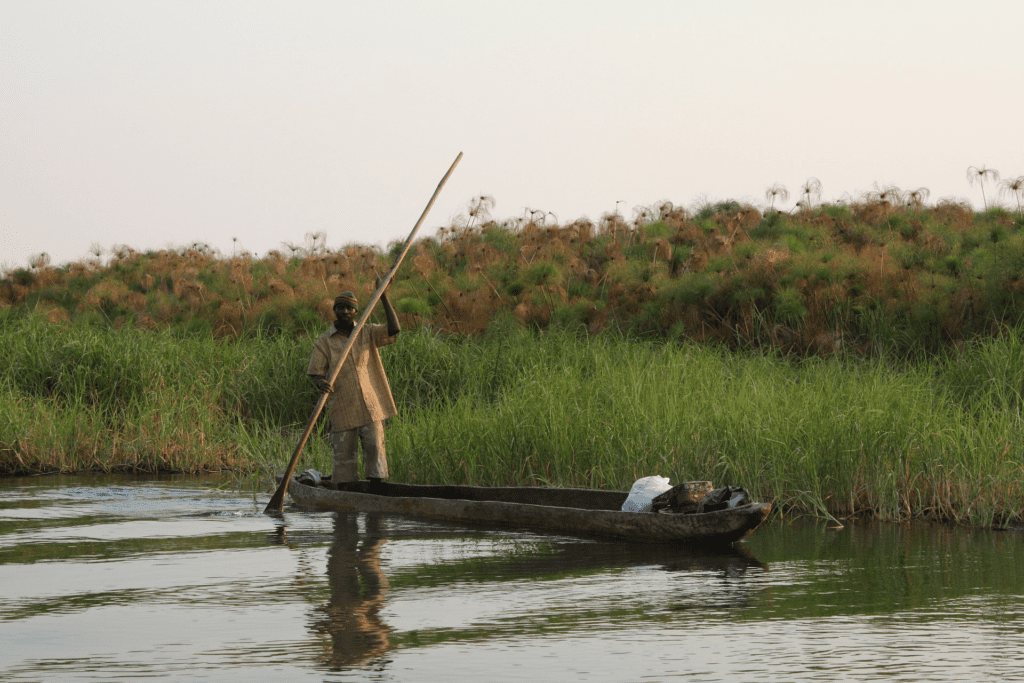
But this catastrophe also suggests that by prioritizing river protection as part of that 30 percent goal, the global community could slow down and begin to reverse some of the most egregious losses of biodiversity. We have an incredible opportunity to swiftly reverse significant environmental degradation and support the rebound of myriad species while bolstering food security for millions of people. But to do that successfully, COP countries must prioritize rivers and river communities.
Here are a few things countries can do immediately to halt the destruction of biodiversity:
1. Immediately Halt Dam-Building in Protected Areas
Dams remain one of the great threats to a river’s health, and particularly to protected areas. More than 500 dams are currently being planned in protected areas around the globe, states Yale Environment 360, while referring to a study published in Conservation Letters. In one of the most egregious examples, Tanzania is moving ahead with plans to construct the Stiegler’s Gorge dam in the Selous Game Reserve—which has been a UNESCO World Heritage site since 1982 and an iconic refuge for wildlife. In terms of protecting biodiversity, canceling dams like these is low-hanging fruit if the idea of a “protected area” is to have any meaning at all.
2. Create Development ‘No-Go’ Zones on the World’s Most Biodiverse Rivers
Freshwater ecosystems face myriad threats from extractive industries like mining and petroleum as well as agribusiness and cattle ranching, overfishing, industrialization of waterways and urban industrial pollution. Investors, financiers, governments and CBD signatories must put an immediate halt to destructive development in biodiversity hotspots, legally protect the most biodiverse rivers from development, and decommission the planet’s most lethal dams.
3. Pass Strong Water Protection Policies
Most policymakers and decision-makers—and even some conservation organizations—don’t fully understand how freshwater ecosystems and the hydrological cycle function, and how intimately tied they are to the health of the terrestrial ecosystems they want to protect. Rivers and freshwater ecosystems urgently need robust protections, including policies that permanently protect freshwater and the rights of communities that depend on them. In some places, this may go as far as granting rivers the rights of personhood. A growing global Rights of Nature and Rights of Rivers movement is beginning to tackle just this.
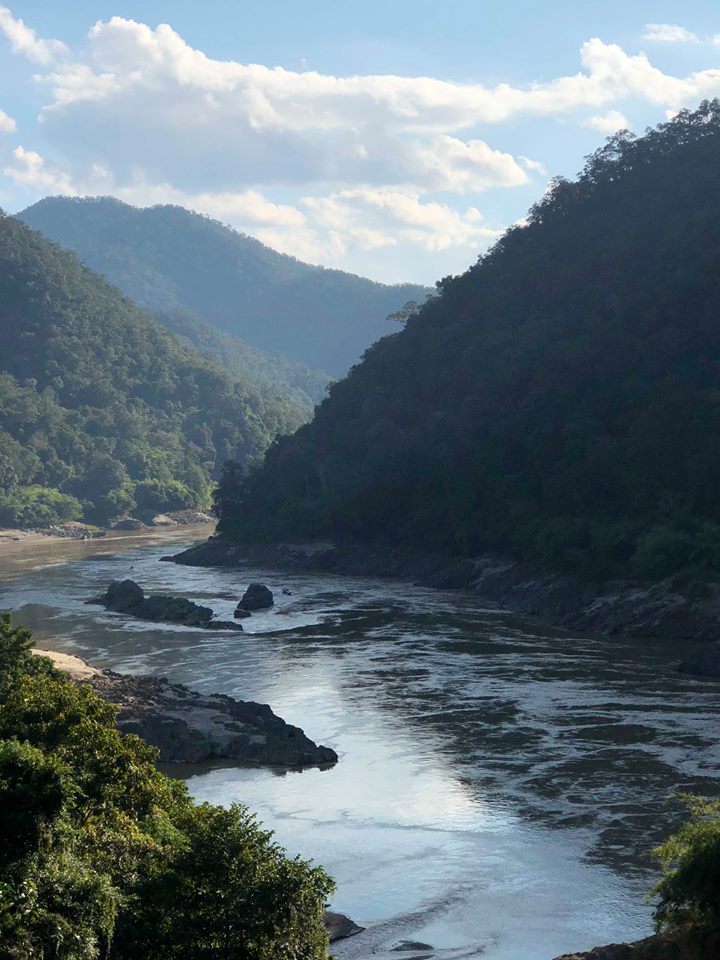
4. Respect the Rights of Indigenous Peoples and Other Traditional Communities
Indigenous peoples protect “about 80 percent of the global biodiversity,” according to an article by National Geographic, even though they make up just 5 percent of the world’s population. These are the world’s frontline defenders of water and biodiversity; we owe them an enormous debt. More importantly, they deserve protection. It’s imperative governments respect Indigenous people’s territorial rights, as well as their right to self-determination and free, prior and informed consent regarding projects that affect their waters and livelihoods.
Many Indigenous communities like the Munduruku in the Amazon are fighting to defend their territories, rivers and culture. Threats to fishing and livelihoods from destructive dams, gold mining pollution and industrial facilities can be constant in the Tapajós River Basin in the Amazon and many other Indigenous territories.
5. Elevate Women Leaders
In many cultures, women are traditionally the stewards of freshwater, but they are excluded from the decision-making processes. In response, they have become leaders in movements to protect rivers and freshwater ecosystems around the globe. From the Teesta River in India to the Brazilian Amazon, women are leading a burgeoning river rights movement. A demand to include women’s voices in policy, governments and localities will ensure better decisions in governing shared waters.

The pursuit of perpetual unchecked economic growth with little regard for human rights or ecosystem health has led our planet to a state of crisis. Floods, wildfires, climate refugees and biodiversity collapse are no longer hallmarks of a distant future: They are here. In this new era, we must abandon rampant economic growth as a metric of success and instead prioritize equity and well-being.
Free-flowing rivers are a critical safety net that supports our existence. To reverse the biodiversity crisis, we must follow the lead of Indigenous groups, elevate women’s leadership, grant rights to rivers, radically reduce dam-building and address other key threats to freshwater. What we agree to do over the next decade will determine our and the next generations’ fate. We are the natural world. Its destruction is our destruction. The power to halt this destruction lies in our hands; we only have to use it.
Alessandra Korap Munduruku is a Munduruku Indigenous woman leader from Indigenous Reserve Praia do Índio in the Brazilian Amazon. She is a member of Pariri, a local Munduruku association, as well as the Munduruku Wakoborûn Women’s Association. In 2020, Alessandra won the Robert F. Kennedy Human Rights Award for her work defending the culture, livelihoods and rights of Indigenous peoples in Brazil.
Darryl Knudsen is the executive director of International Rivers. He has 20 years’ experience channeling the power of civil society movements to create enduring, positive change toward social and environmental justice for the underrepresented. Darryl holds a master’s degree from Columbia University and a BA from Dartmouth College.
Irikefe V. Dafe has advocated for river protections in Nigeria and throughout Africa for three decades. Much of his work has focused on protecting the River Ethiope and the rights of communities who rely upon the river for food, water and their livelihoods. He is a lead organizer of the First National Dialogue on Rights of Nature in Nigeria. He is also the founder and CEO of River Ethiope Trust Foundation and an expert member of the UN Harmony with Nature Initiative.
Earth | Food | Life (EFL) explores the critical and often interconnected issues facing the climate/environment, food/agriculture and nature/animal rights, and champions action; specifically, how responsible citizens, voters and consumers can help put society on an ethical path of sustainability that respects the rights of all species who call this planet home. EFL emphasizes the idea that everything is connected, so every decision matters.
Click here to support the work of EFL and the Independent Media Institute.
Questions, comments, suggestions, submissions? Contact EFL editor Reynard Loki at [email protected]. Follow EFL on Twitter @EarthFoodLife.

